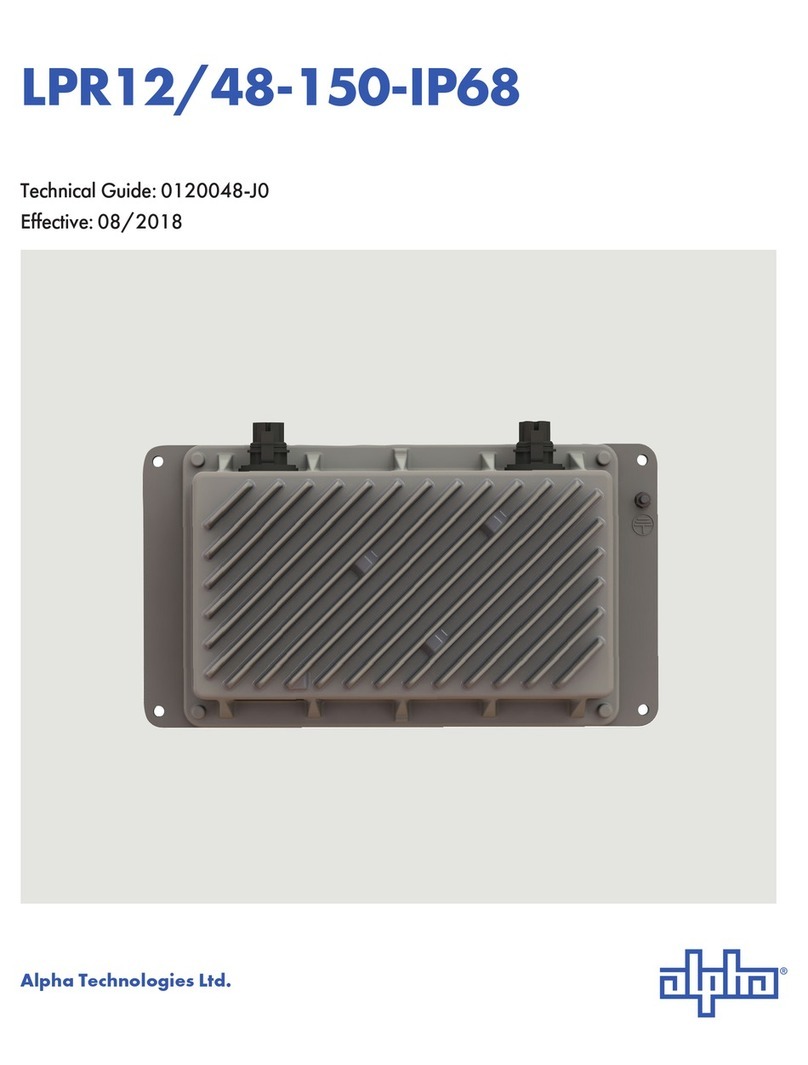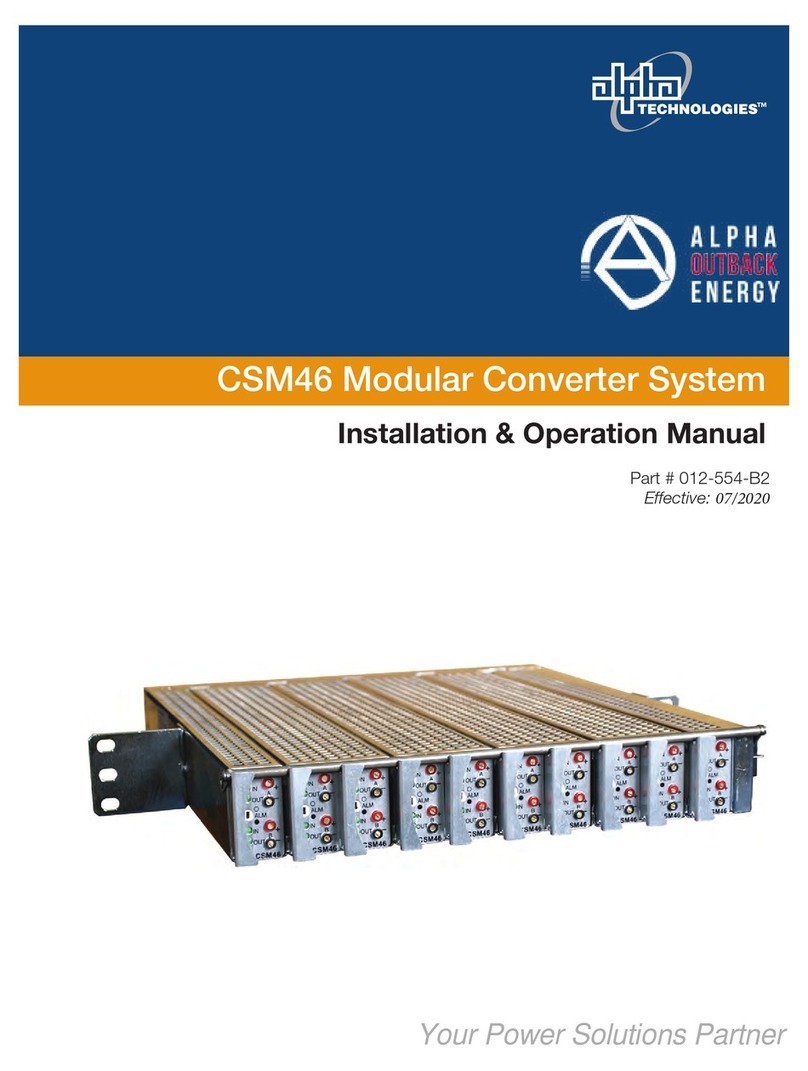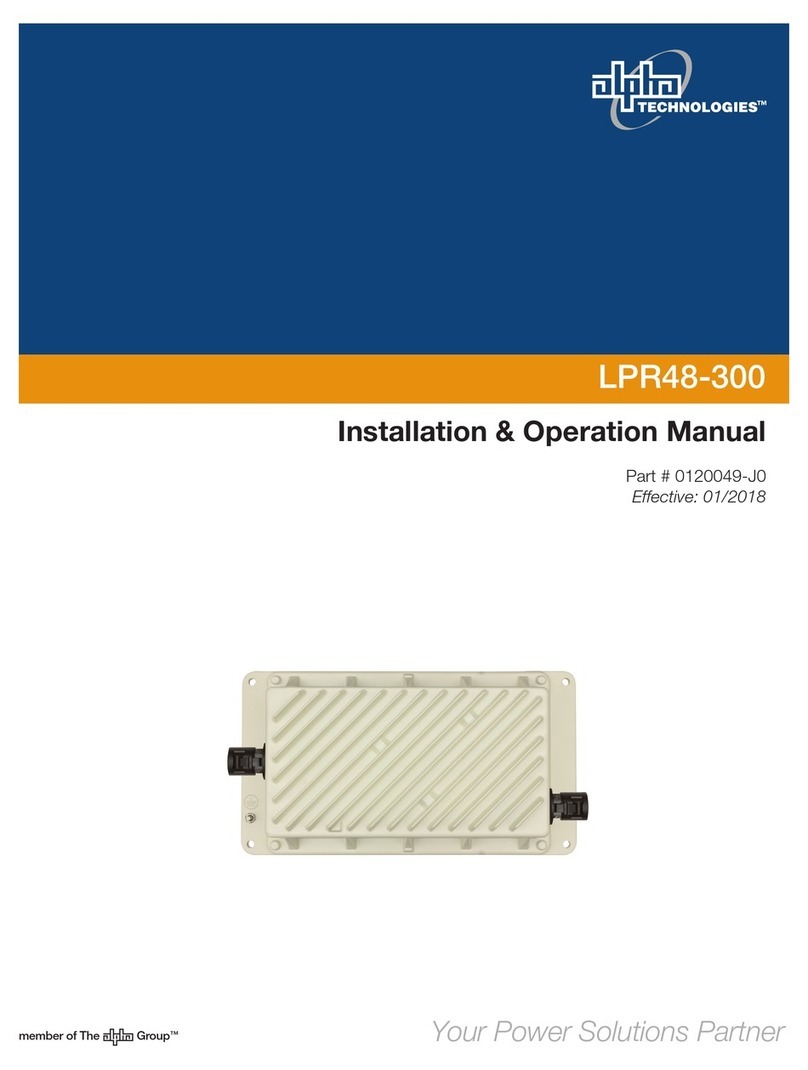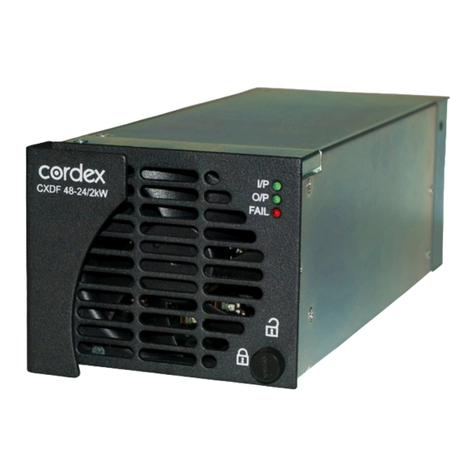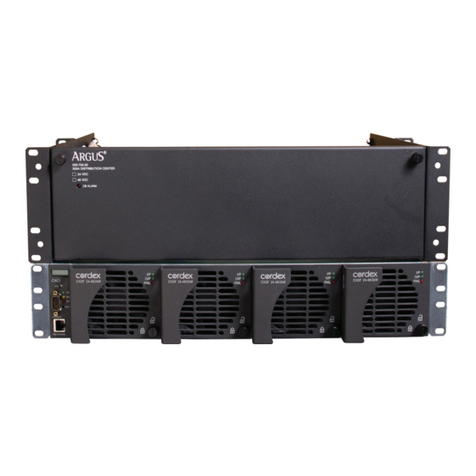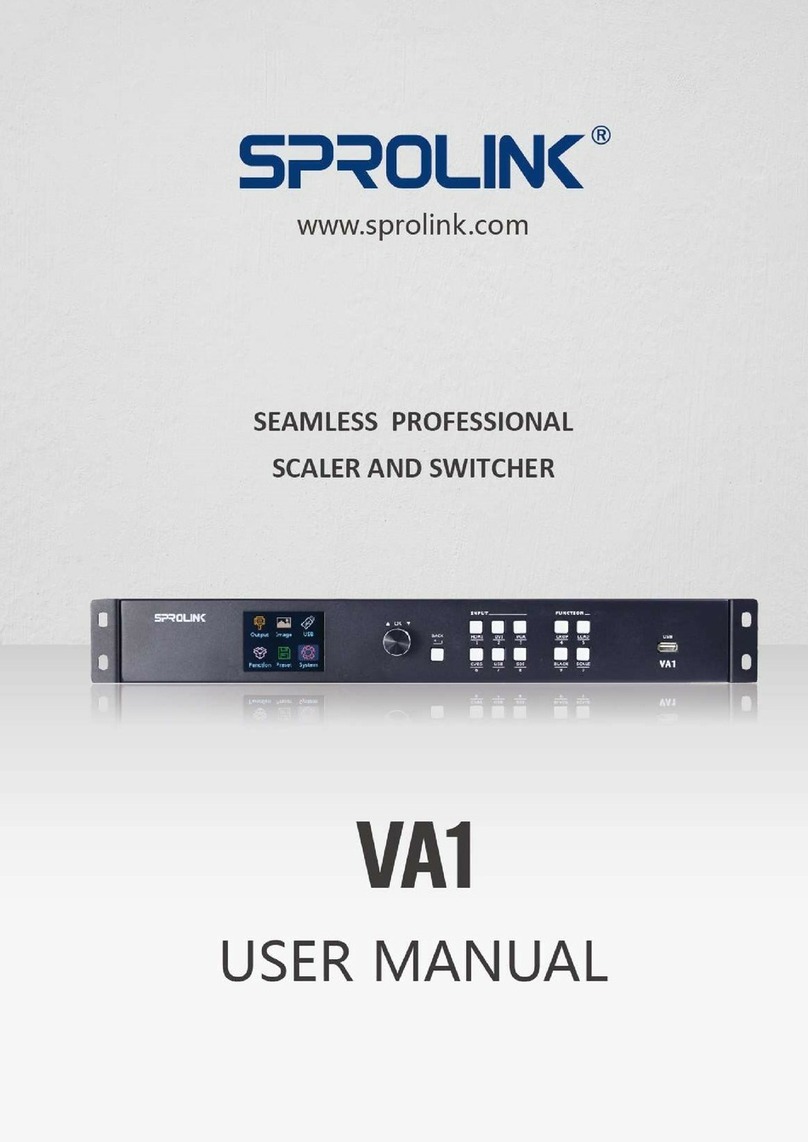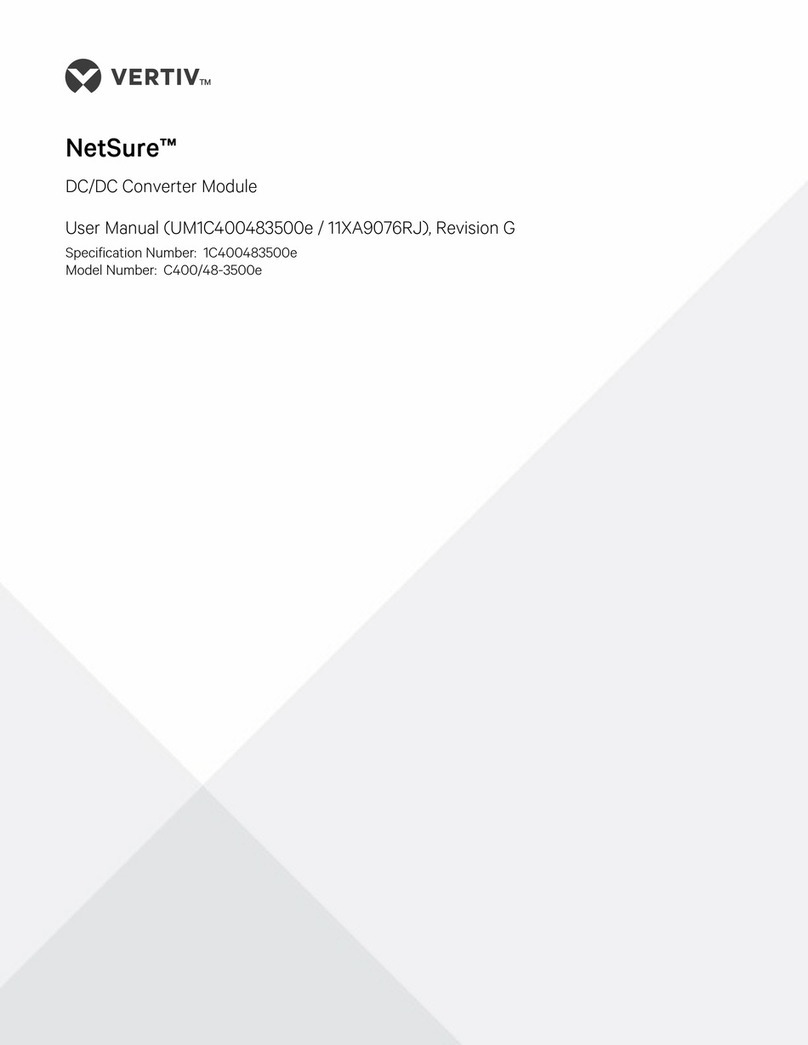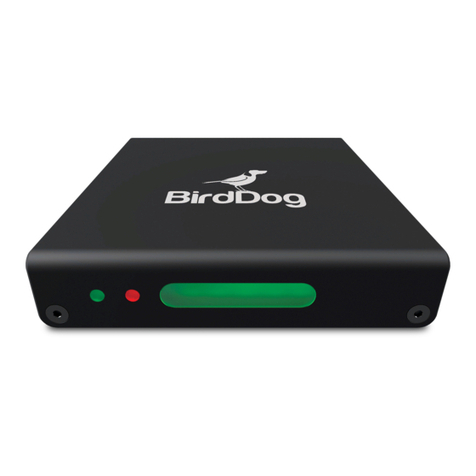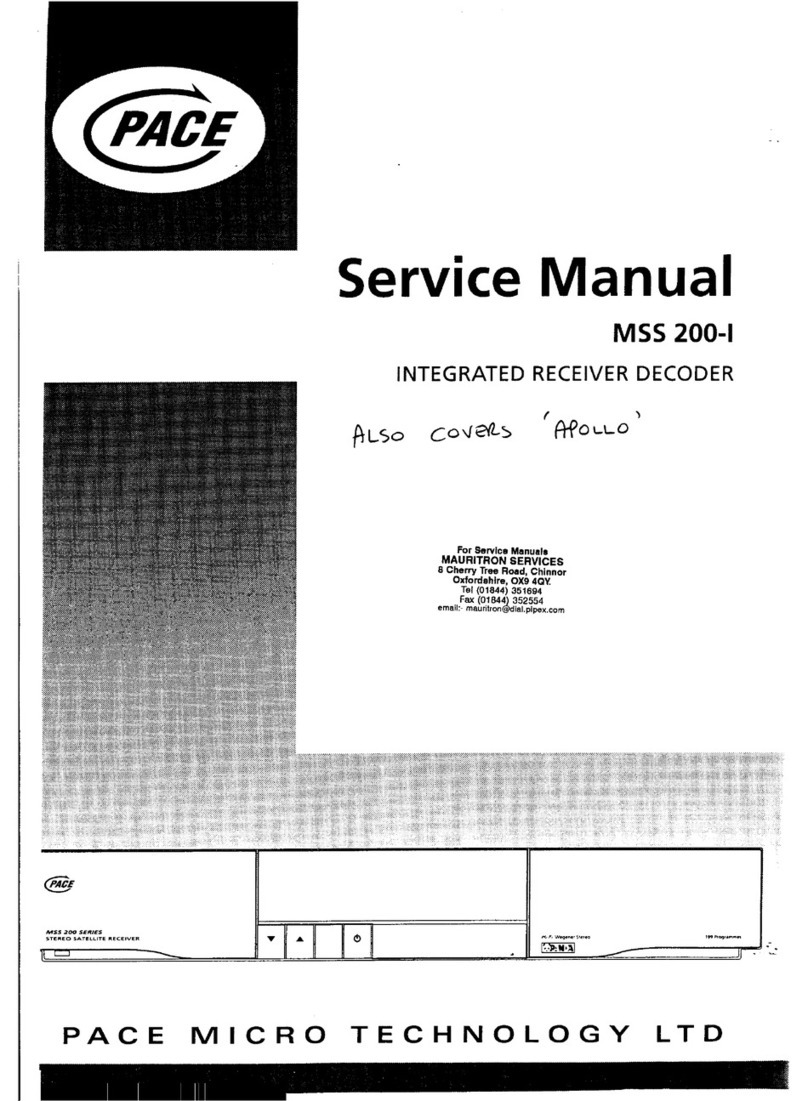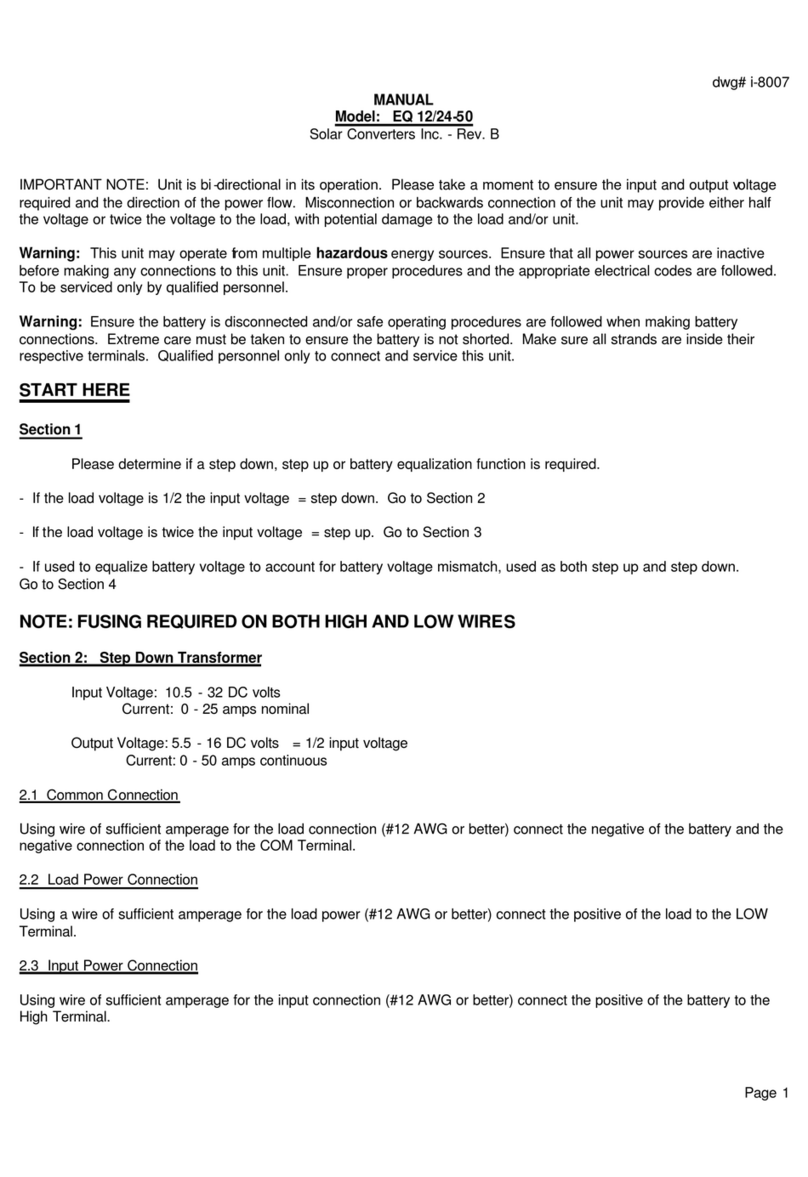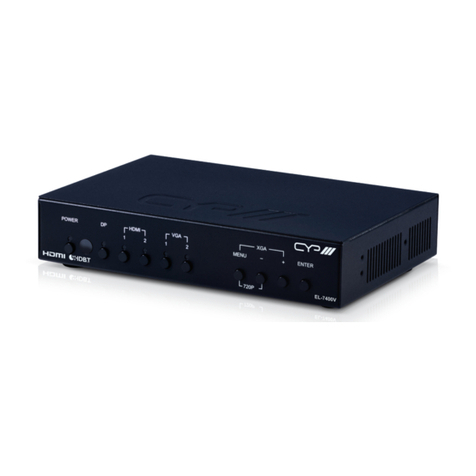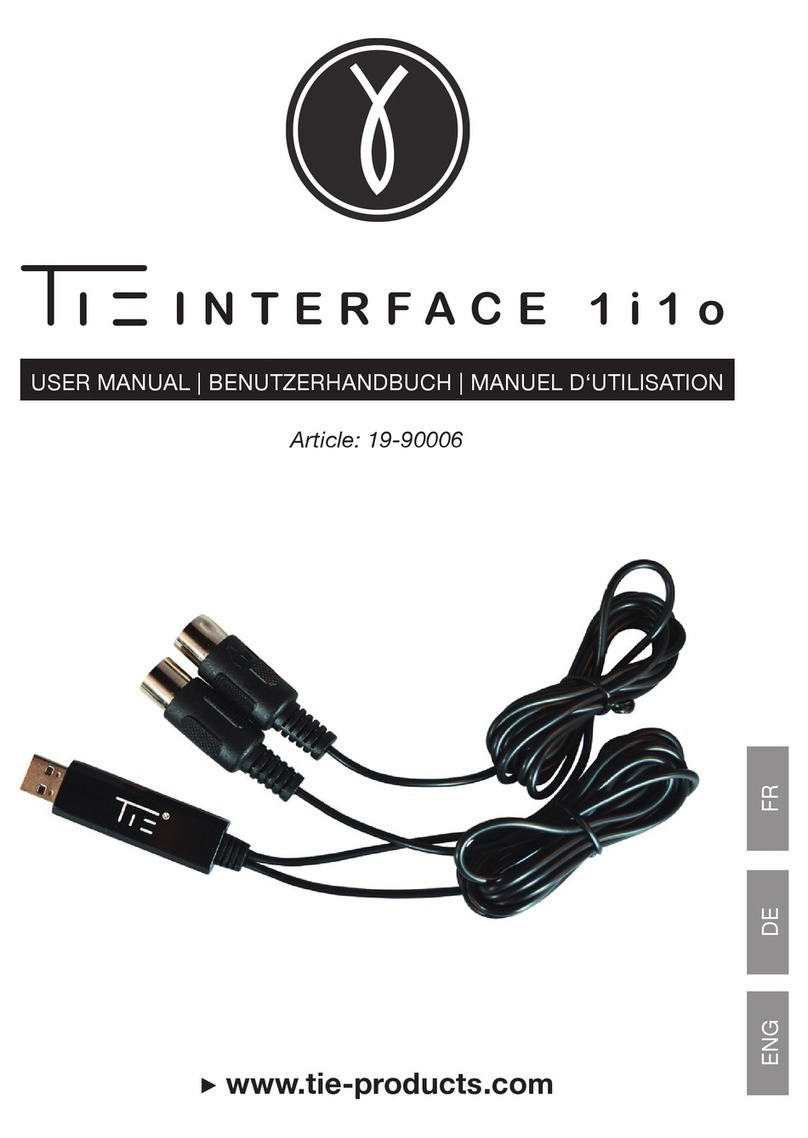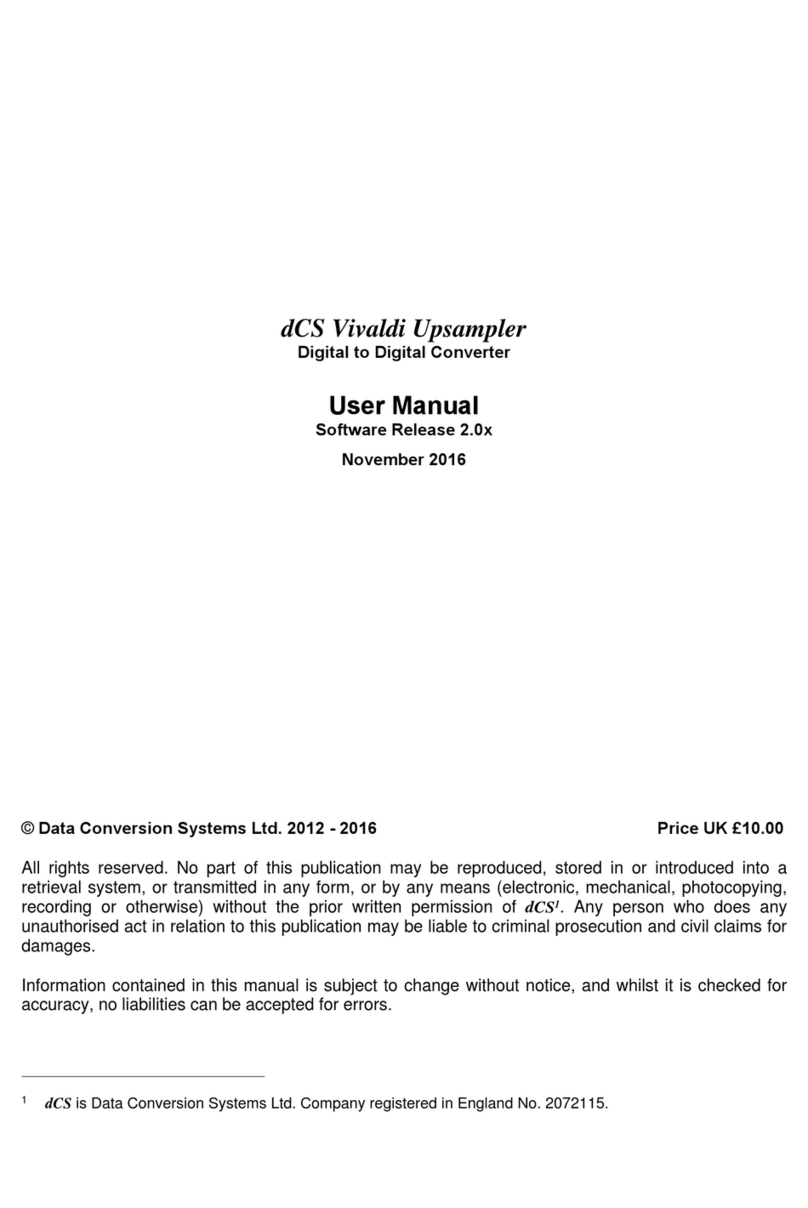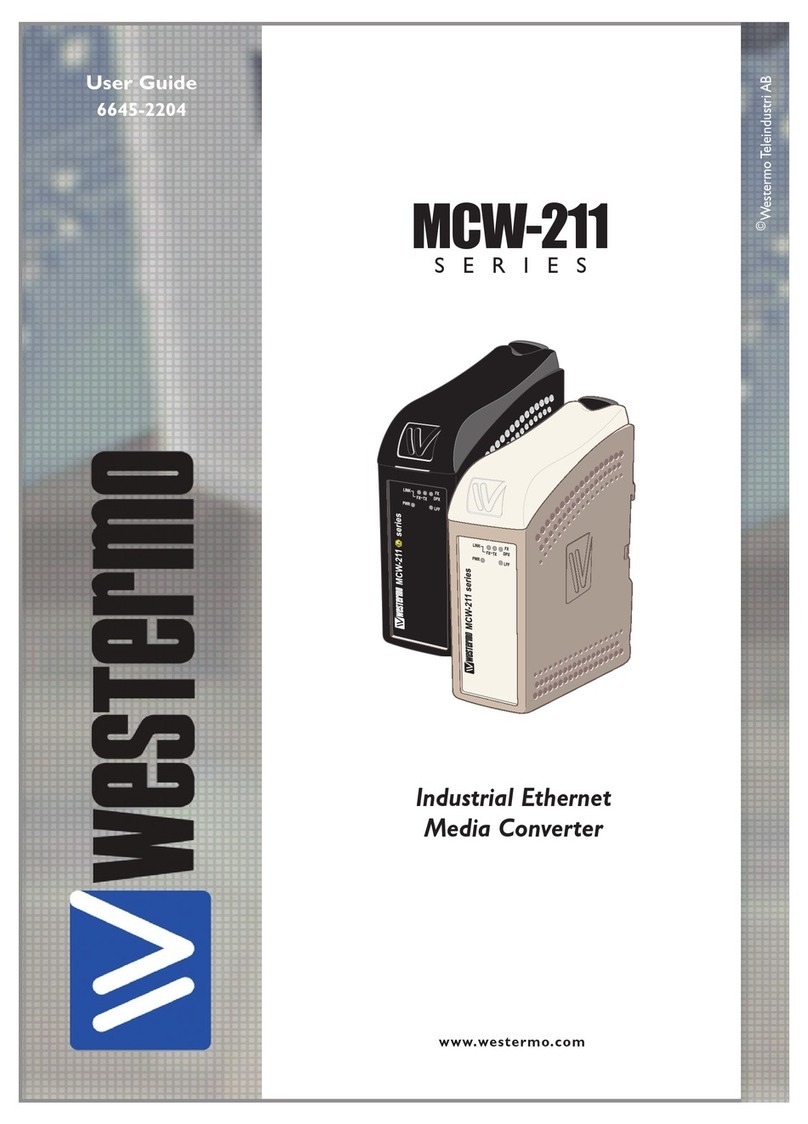
012-526-B2 Rev C Page 2 of 20
1.3 Part Numbers and List Options
This product is available to order under the following part numbers and list options:
Description Part Number/List Option
Cordex DC/DC 2kW converter, 24V In – 48V Out.....................................................................................012-526-20
Basic module......................................................................................................................................................*List 0
Charcoal finish with white (contrasting) silkscreen..........................................................................................*List 56
Cordex DC/DC 2kW converter, 24V In – 48V Out, 23” (flush mounting) 2RU shelf..................................030-900-20
[may be equipped with one CXCI controller and up to five CXDF 24-48/2kW converters] ..........................*List 0
23” rack, 6” offset mounting...............................................................................................................................List 24
Charcoal finish with white (contrasting) silkscreen..........................................................................................*List 56
Module blank plate.............................................................................................................................................List 90
CXCI blank plate..............................................................................................................................................*List 91
Rear cover, Kydex..............................................................................................................................................List 92
CXCI controller...................................................................................................................................................List 99
Cordex DC/DC 2kW converter, 24V In – 48V Out, 19” (flush mounting) 2RU shelf..................................030-905-20
[may be equipped with one CXCI controller and up to four CXDF 24-48/2kW converters]..........................*List 0
19” rack, 6” offset mounting ...............................................................................................................................List 19
23” rack, 6” offset mounting...............................................................................................................................List 24
Charcoal finish with white (contrasting) silkscreen..........................................................................................*List 56
Module blank plate.............................................................................................................................................List 90
CXCI blank plate..............................................................................................................................................*List 91
Rear cover, Kydex..............................................................................................................................................List 92
CXCI controller...................................................................................................................................................List 99
Cordex DC/DC 2kW converter, 24V In – 48V Out, 19” (flush mounting) 2RU shelf..................................030-839-20
[may be equipped with one CXCI controller and up to four CXDF 24-48/2kW converters]..........................*List 0
19” rack, 6” offset mounting...............................................................................................................................List 19
23” rack, 6” offset mounting...............................................................................................................................List 24
Charcoal finish with white (contrasting) silkscreen..........................................................................................*List 56
Output adapters (DC cable), right angle............................................................................................................List 82
Module blank plate.............................................................................................................................................List 90
CXCI blank plate..............................................................................................................................................*List 91
Rear cover, Kydex..............................................................................................................................................List 92
CXCI controller...................................................................................................................................................List 99
Output adapters (DC cable) kit, right angle, CXDF 19” shelf.....................................................................058-245-20
Rear cover kit, CXDF 19” shelf, Kydex......................................................................................................747-587-20
Replacement CXDF fan assembly.............................................................................................................747-362-20
Replacement CXCI controller.....................................................................................................................747-502-20
CXCI I/O terminal block kit (for external connections)............................................................................**036-201-20
Cordex DC Modem (complete with Alpha cable).......................................................................................018-585-20
* Default option
** See drawings at the rear of this manual.
The above information is valid at the time of publication. Consult factory for up-to-date ordering information.

